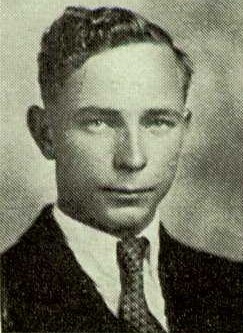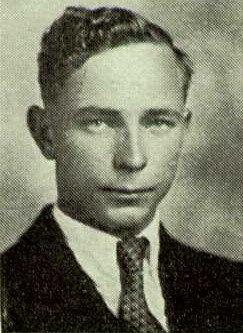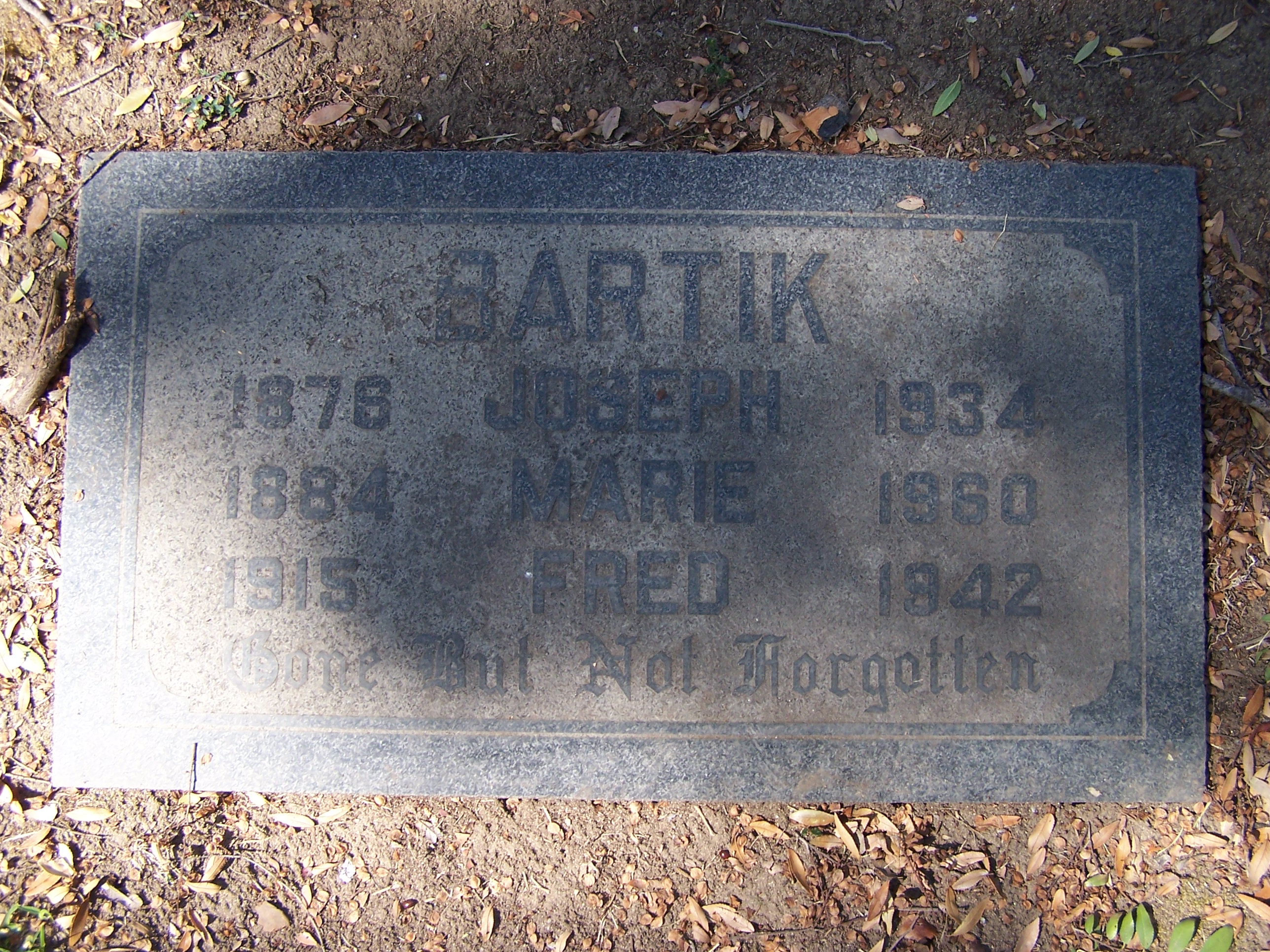the_battle_of_bataan_and_the_194th_tank_battalion.pdf
[Contributor: 46874118]
Pvt. Fred Bartik was a medic with the 194th Tank Battalion. He was stationed in the Philippine Islands when Japan attacked Pearl Harbor. Ten hours later, he lived through the bombing of Clark Airfield. For four months, he fought, with the other soldiers on Bataan, to slow Japan’s conquest of the Philippines. Without food, without adequate supplies, and no hope of being relieved, he became a Prisoner of War on April 9, 1942, when Bataan was surrendered to the Japanese.
He took part in the death march from Mariveles to Capas. There, 100 POWs were packed into small wooden boxcars that could hold 40 men or 8 horses. At San Fernando, the living left the boxcars and those who had died fell to the floor. The POWs walked the final miles to Camp O’Donnell.
As a POW, he was held at Camp O’Donnell and Cabanatuan in the Philippines. He died at Cabanatuan from disease and was buried in the camp cemetery. After the war, his remains were identified and his family requested that they be returned to the United States.
the_battle_of_bataan_and_the_194th_tank_battalion.pdf
[Contributor: 46874118]
Pvt. Fred Bartik was a medic with the 194th Tank Battalion. He was stationed in the Philippine Islands when Japan attacked Pearl Harbor. Ten hours later, he lived through the bombing of Clark Airfield. For four months, he fought, with the other soldiers on Bataan, to slow Japan’s conquest of the Philippines. Without food, without adequate supplies, and no hope of being relieved, he became a Prisoner of War on April 9, 1942, when Bataan was surrendered to the Japanese.
He took part in the death march from Mariveles to Capas. There, 100 POWs were packed into small wooden boxcars that could hold 40 men or 8 horses. At San Fernando, the living left the boxcars and those who had died fell to the floor. The POWs walked the final miles to Camp O’Donnell.
As a POW, he was held at Camp O’Donnell and Cabanatuan in the Philippines. He died at Cabanatuan from disease and was buried in the camp cemetery. After the war, his remains were identified and his family requested that they be returned to the United States.
Family Members
Sponsored by Ancestry
Advertisement
Records on Ancestry
Advertisement








